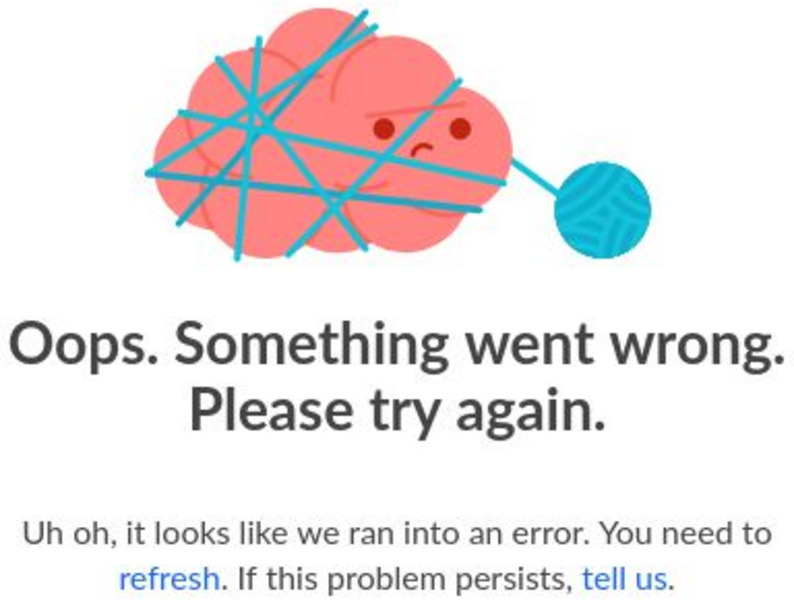Curated Video
The Cardiac Cycle Song
If you think the Cardiac Cycle is hard, then this song's for you. From the lub to the dub, this will have you jamming your way to a deeper understanding of the cardiac cycle. Enjoy. 00:00 Chorus 00:22 Atrial Systole 00:44 Chorus 00:55...
Curated Video
The Cardiac Cycle Simplified - What You Need to Know
If you want to understand the cardiac cycle, you need to watch this video. In it, I break down the phases of the cardiac cycle. I talk about Atrial Systole, Ventricular Systole, Diastole, and other concepts you need to understand to have...
Kenhub
Trikuspidalklappe
In diesem kurzen Tutorial erfahrt ihr alles Wichtige zur Trikuspidalklappe. Wir erklären Euch ihre Anatomie und Funktion.
Curated Video
Isovolumetric Contraction
In this video, I talk about the isovolumetric contraction of the ventricles. Once the signal travels to the ventricles, the ventricles contract. However, the valves remain closed until the pressure builds up high enough to open those...
Visual Learning Systems
Investigating Circulation: the Amazing Heart
Colorful animations and crisp video footage illustrate the vital process of circulation. The major characteristics and features of the circulatory systems are explored, with special emphasis placed on circulatory problems and caring for...
Curated OER
The Circulatory System
Compare a variety of animals' circulatory systems to the human circulatory system. Paul Andersen uses his SMART Board to show the differences between two, three, and four chamber hearts, focusing on the human heart.
Khan Academy
Khan Academy: Pressure Volume Loops: Understanding the Pressure Volume Loop
Figure out how all of those physiology terms - end-systolic, end-diastolic, pulse pressure, stroke volume, and ejection fraction - can be easily understood using the pressure-volume loop. Rishi is a pediatric infectious disease physician...
Khan Academy
Khan Academy: Pressure Volume Loops: Why Doesn't the Heart Rip?
Understand LaPlace's law to see the effect that pressure, radius, and wall thickness each have on the "wall stress" in the left ventricle to answer the question of why the heart never gets a rip or tear. Rishi is a pediatric infectious...
Khan Academy
Khan Academy: Preload and Afterload: Preload Stretches Out the Heart Cells
Find out why stretching a heart cell in diastole affects how forcefully it contracts in systole. Rishi is a pediatric infectious disease physician and works at Khan Academy. [12:41]
Khan Academy
Khan Academy: Heart Introduction: Lub Dub
Ever wonder why the heart sounds the way that it does? Opening and closing of heart valves makes the heart rhythm come alive with its lub dub beats. Rishi is a pediatric infectious disease physician and works at Khan Academy. [9:50]
Khan Academy
Khan Academy: Preload and Afterload: Sarcomere Length Tension Relationship
Find out why the length of a sarcomere (in diastole) affects the amount of force that it can generate (in systole), and how that would look on a graph. Rishi is a pediatric infectious disease physician and works at Khan Academy. [8:50]
Khan Academy
Khan Academy: Systolic Murmurs, Diastolic Murmurs, and Extra Heart Sounds Pt 1
This video goes through the mechanisms of various types of heart murmurs. Be sure to listen to the different types of heart murmurs at the beginning of the video. [12:06]
Khan Academy
Khan Academy: Stored Elastic Energy in Large and Middle Sized Arteries
See how arteries behave like slingshots, shooting blood (not rocks) onwards! Rishi is a pediatric infectious disease physician and works at Khan Academy. [6:20]
Khan Academy
Khan Academy: Why Doesn't the Heart Rip?
This video will help you understand LaPlace's law to see the effect that pressure, radius, and wall thickness each have on the 'wall stress' in the left ventricle. Rishi is a pediatric infectious disease physician and works at Khan...
Khan Academy
Khan Academy: Understanding the Pressure Volume Loop
Figure out how all of those physiology terms: end-systolic, end-diastolic, pulse pressure, stroke volume, and ejection fraction, can be easily figured out using the pressure-volume loop. [9:18]
Sophia Learning
Sophia: Cardiac Cycle and Cardiac Conduction System
This lesson will explain the steps that occur when your heart muscle contracts. It will investigate the cardiac cycle and the cardiac conduction system. It is 1 of 2 in the series.











